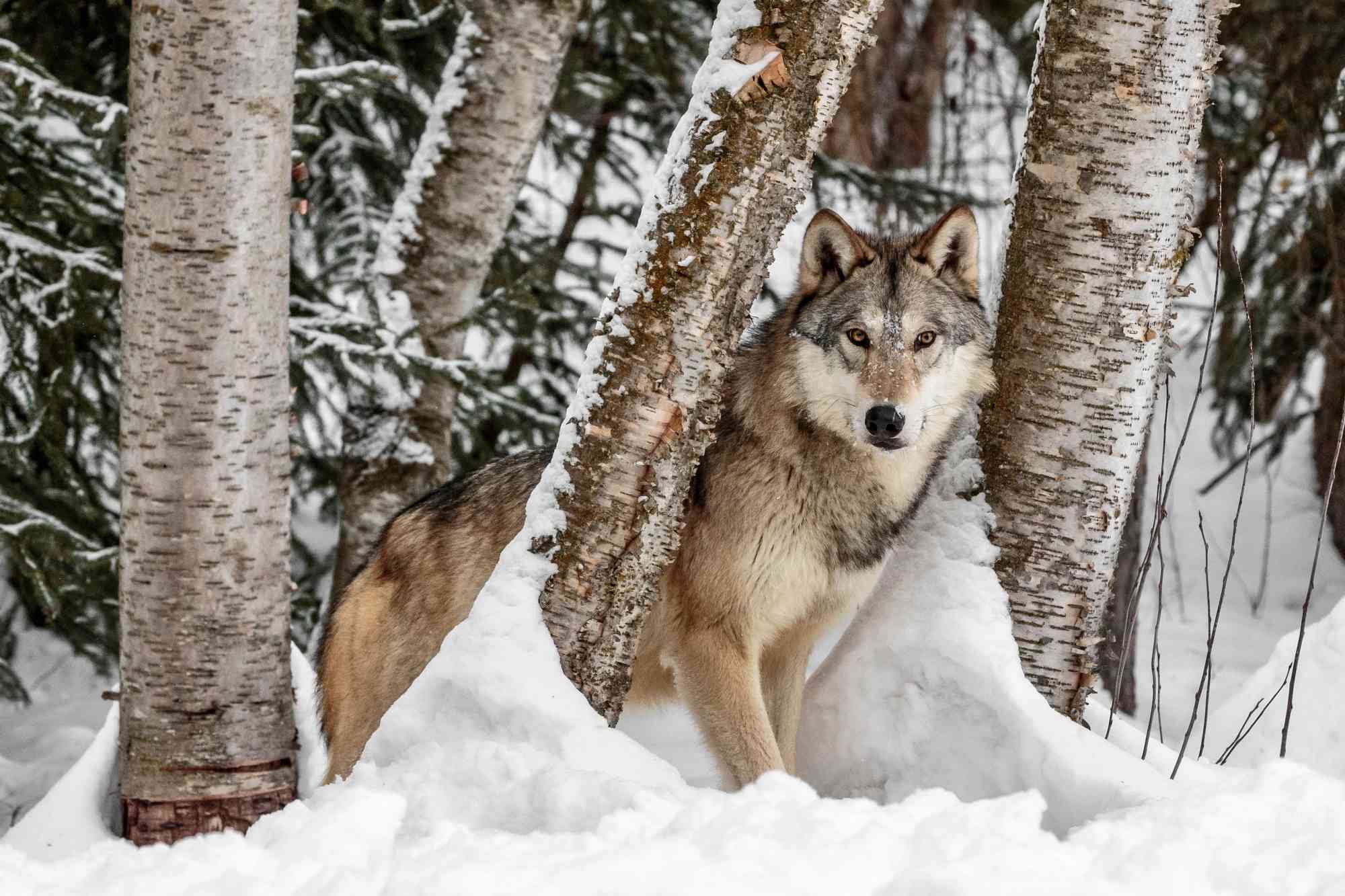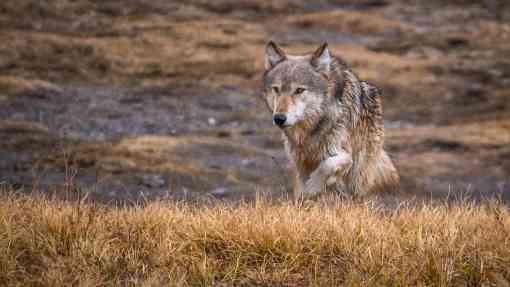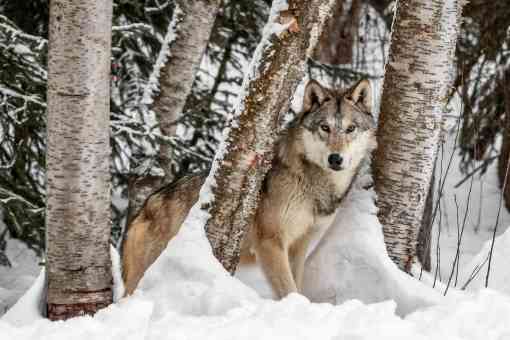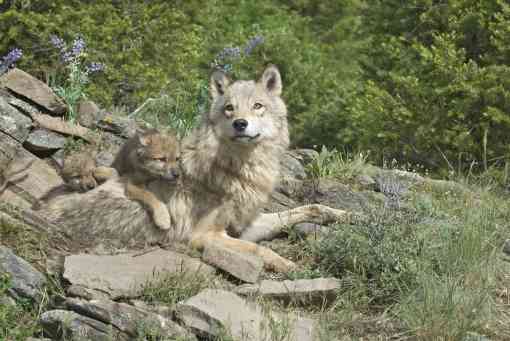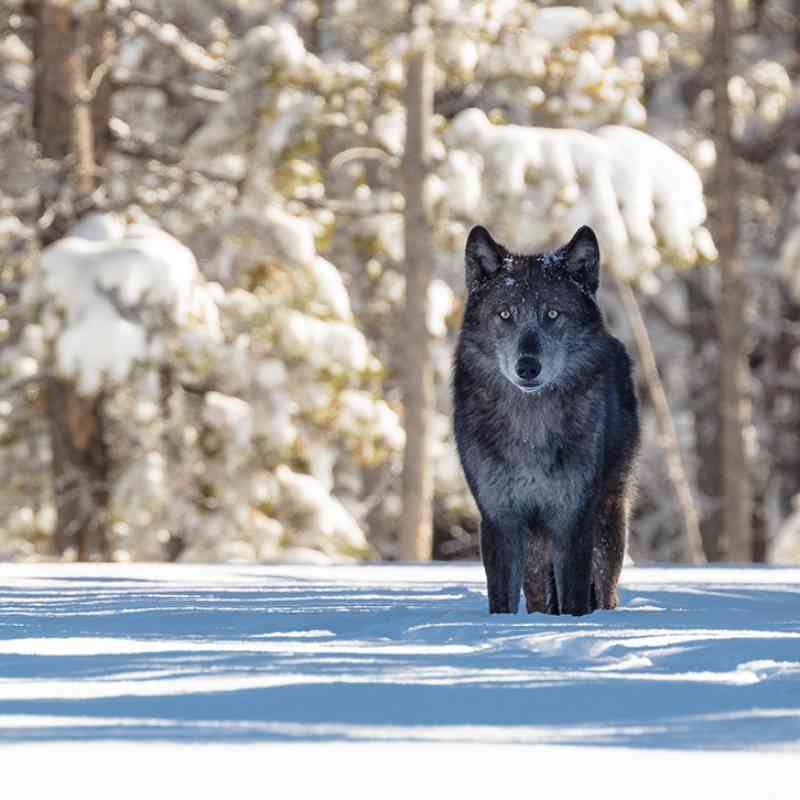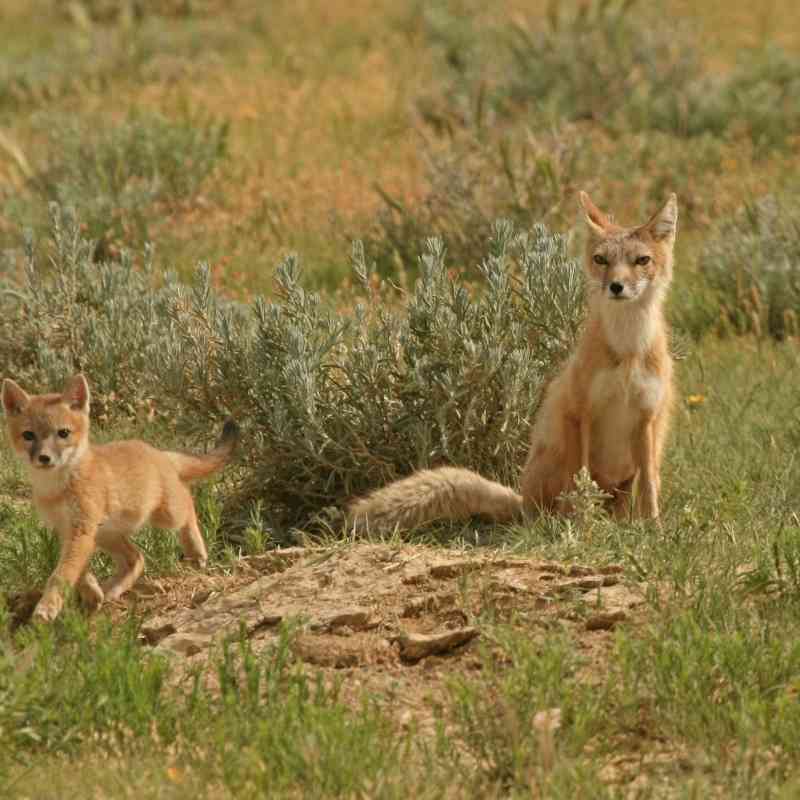The contention around wolf management in the Northern Rockies is at an all-time high. In fact, it’s so controversial that many conservationists are dubbing the current era of wolf management “Wolf Wars 2.0,” reminiscent of the battles fought over reintroduction in the 1990s. Today, we’re seeing expanded bounty programs to incentivize wolf hunting and trapping, baiting and night hunting on private land and widespread use of snaring on public lands throughout the region. Montana and Idaho continue to expand efforts to reduce wolf populations to a bare minimum.
Fortunately, hope is not lost for these wolves. Defenders of Wildlife, along with other wildlife advocates, continue to fight to protect these incredible animals. Additionally, positive work is happening throughout rural communities to increase acceptance and allow people to better coexist with gray wolves.
Battles in the Legislatures
The changes to wolf management across the region were enacted by anti-wolf and anti-Endangered Species Act politicians, not wildlife biologists or state wildlife agencies. Because many of these politicians have motives directly tied to reducing wolf populations, they are hijacking the authority of fish and wildlife agencies and commissions to further their own agendas. This is leading to unsustainable, unscientific management of one of the most critical native carnivores on the landscape.
During much of the past decade, Montana had a relatively balanced wolf management strategy. Then in 2021, a shift in administration in the governor’s office allowed many anti-wolf bills to be signed into state law unhindered. Today, wolves can be hunted or trapped through a hunting season lasting roughly six months through unethical means such as snaring, night hunting and baiting. Additionally, an individual who hunts and traps could theoretically take up to 20 wolves.
Now, Montana is in the middle of a governor-mandated wolf management plan revision, which intends to reinterpret recently passed laws for the purpose of reducing the wolf population to a bare minimum.
In Idaho, wolf management has been in a tenuous state since gray wolves were reintroduced in the 1990s. Politicians, angered by wolf recovery, took wolf management into their own hands in 2021 and mandated a reduction of up to 90% of the state's wolf population. Idaho Fish and Game has completely bought into a bounty-system administered by a local nonprofit that reimburses hunters up to $2,000 for each wolf killed. Across much of the state, wolves can be hunted or trapped year-round utilizing many of the same unethical methods used on coyotes across the West.
These renewed attacks on wolves are appalling and Defenders is fighting back in both Montana and Idaho to elevate science-based management and inform new management plans.
Progress on the Ground
Regardless of the conflict occurring in statehouses, positive work continues to happen in rural communities across the Northern Rockies. Defenders of Wildlife leads efforts to use nonlethal tools to reduce wolf-livestock conflict.
In recent years, this work has expanded and ranchers are learning how to coexist with wolves. In many cases where nonlethal tools are used correctly, livestock loss to wolves — which was previously around 0.01% — is nearly eliminated. Just this last year alone, Defenders contributed nearly $20,000 to rancher-led efforts in Montana to reduce predator-livestock conflict and directly assisted installation of turbo-fladry — a nonlethal wolf deterrent placed around calving pastures. These efforts, along with those of our partners on the landscape, directly save the lives of wolves living outside the protections of a national park and help livestock producers continue to make a viable living.
Our efforts to promote coexistence with wolves have expanded across the West, much the same as wolves themselves have in recent years. Looking south, there is hope for wolves on the horizon. Colorado is set to reintroduce gray wolves onto the Rockies’ western slope by the year’s end. And at least one wolf pack has already naturally recolonized there. While it will have its own hurdles, Colorado can learn from the successes and shortcomings of other states. Many of the coexistence tools used elsewhere in the Rockies are proving to be vitally important in reducing wolf-livestock conflict and increasing public acceptance of wolves in rural areas of Colorado.
We may not win every battle, but these “wolf wars” are far from over. You can count on Defenders to continue to fight to protect gray wolves in the Northern Rockies and beyond.
Author

Eric Clewis
Eric Clewis is responsible for Defenders of Wildlife’s wolf conservation efforts in Montana, Idaho, and Wyoming. Through policy change, advocacy, and wolf-livestock conflict reduction, his
comments
Wildlife & Wild Places

